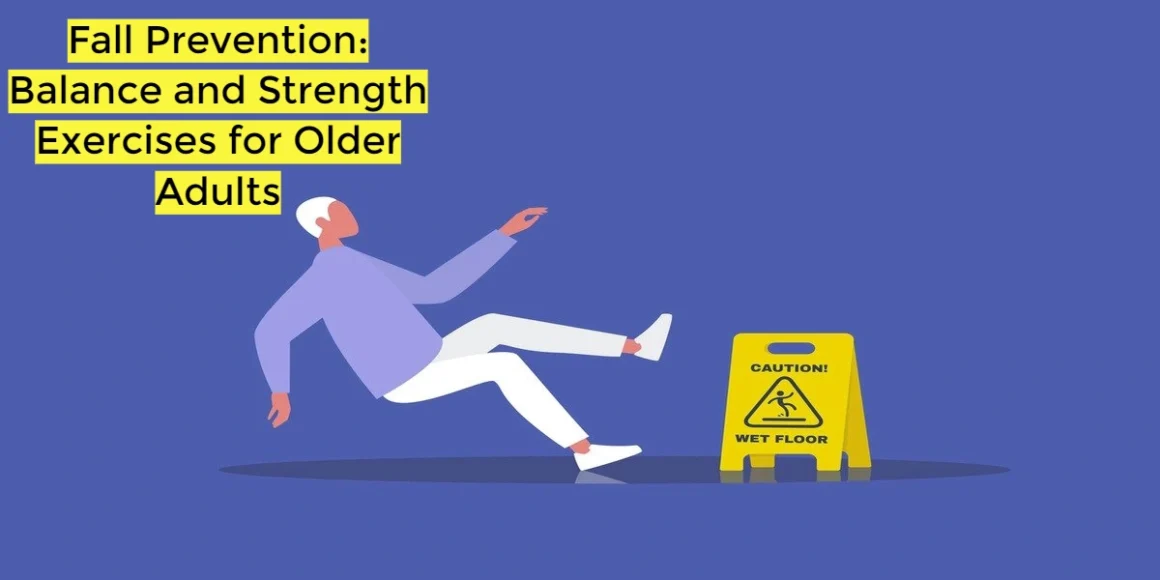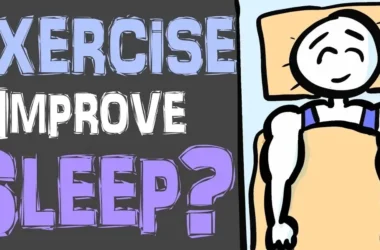Introduction
Maintaining good balance is crucial for seniors to prevent falls and maintain their independence. Falls can lead to serious injuries and have a significant impact on overall well-being.
In this article, we will explore various tips and strategies to improve balance in seniors, including exercises, home modifications, regular eye exams, medication management, appropriate footwear, and adopting a healthy lifestyle.
Understanding Balance
1.1 Importance of Balance
Maintaining good balance helps seniors perform daily activities with confidence and reduces the risk of falls.
It allows them to navigate uneven surfaces, climb stairs, and engage in physical activities safely. Good balance contributes to overall stability and mobility.
1.2 Factors Affecting Balance
Several factors can affect balance in seniors. These include muscle weakness, joint stiffness, inner ear problems, vision changes, medications, and chronic conditions such as Parkinson’s disease or stroke. Understanding these factors can help address specific balance issues.
Exercises for Balance
2.1 Leg Strengthening
Exercises that focus on strengthening the leg muscles can improve balance and stability. Simple exercises like leg lifts, squats, and lunges help build strength in the lower body and promote better balance control.
2.2 Core Stability
A strong core is essential for maintaining balance. Exercises like planks, bridges, and abdominal crunches target the core muscles, which provide stability and support to the entire body.
Core strengthening exercises should be included in a balanced exercise routine.
2.3 Tai Chi and Yoga
Tai Chi and yoga are excellent forms of exercise for improving balance in seniors. These practices emphasize slow, controlled movements, body awareness, and focused breathing.
Also Read: How Healthy Is Popcorn? And What Is Recommended Daily Consumption”
They help improve posture, flexibility, and overall balance control.
Home Modifications
3.1 Clearing Clutter
Removing clutter from living spaces reduces the risk of tripping and falling. Seniors should keep pathways clear of obstacles such as loose rugs, cords, or furniture that obstruct movement.
3.2 Adequate Lighting
Well-lit areas are essential for maintaining balance and preventing falls. Seniors should ensure that their homes are adequately illuminated, especially in stairways, hallways, and bathrooms. Nightlights can be helpful for navigating during nighttime.
3.3 Handrails and Grab Bars
Installing handrails and grab bars in critical areas, such as stairways, bathrooms, and hallways, provides additional support and stability. These assistive devices can help seniors maintain their balance while moving around the house.
Regular Eye Exams
Regular eye exams are crucial for seniors as vision changes can significantly affect balance. Poor vision, incorrect prescription glasses, or untreated eye conditions can increase the risk of falls. Seniors should schedule regular check-ups with an eye care professional.
Medication Management
Certain medications can cause dizziness or affect balance. Seniors should review their medications with their healthcare provider and discuss any potential side effects that may impact their balance. Adjustments or alternative medications can be considered if necessary.
Footwear
Wearing appropriate footwear plays a significant role in maintaining balance. Seniors should opt for well-fitting shoes with non-slip soles that provide proper support and stability. High-heeled shoes or worn-out footwear should be avoided as they increase the risk of falls.
Healthy Lifestyle
Maintaining a healthy lifestyle is beneficial for overall well-being, including balance. Seniors should prioritize a balanced diet rich in nutrients, stay hydrated, get enough sleep, and manage stress. Regular physical activity and exercises tailored for balance contribute to overall stability and reduce the risk of falls.
Conclusion
Improving balance in seniors is essential for preventing falls and maintaining independence. By understanding the importance of balance, engaging in specific exercises, making home modifications, scheduling regular eye exams, managing medications, wearing appropriate footwear, and adopting a healthy lifestyle, seniors can enhance their balance and reduce the risk of falls.
FAQs
Are there any specific exercises that seniors should avoid due to balance concerns?
Seniors with balance concerns should avoid exercises that involve sudden or extreme movements, such as jumping or high-impact activities.
It’s recommended to consult with a healthcare professional or a qualified exercise specialist for personalized exercise recommendations.
Can balance be improved at any age?
Yes, balance can be improved at any age with appropriate exercises and lifestyle modifications. It’s never too late to start working on balance and reducing the risk of falls.
How long does it take to see improvements in balance with exercise?
The time it takes to see improvements in balance can vary depending on individual factors. Consistency is key, and regular practice of balance exercises over several weeks or months can lead to noticeable improvements.
Are there balance exercises that can be done while sitting?
Yes, there are seated balance exercises that can be beneficial for seniors with limited mobility or those who prefer to exercise while sitting.
Examples include seated leg lifts, seated marches, and seated yoga pose modified for a chair.
Should seniors consult a healthcare professional before starting balance exercises?
It’s generally recommended for seniors to consult with a healthcare professional before starting any new exercise program, including balance exercises.
They can provide personalized guidance based on individual health conditions and ensure exercises are safe and suitable.






